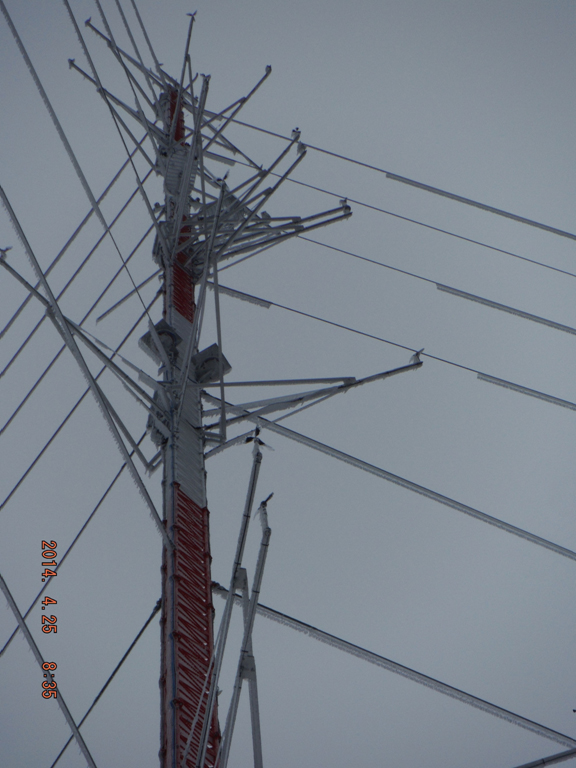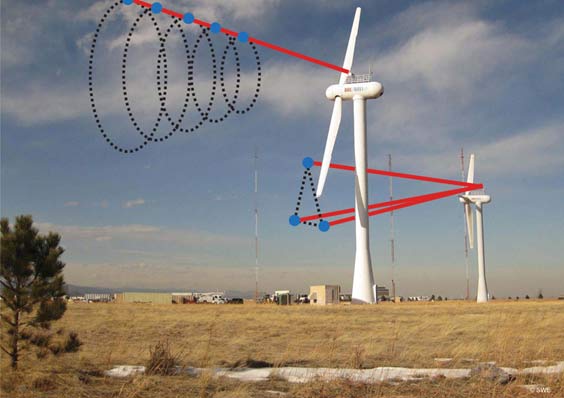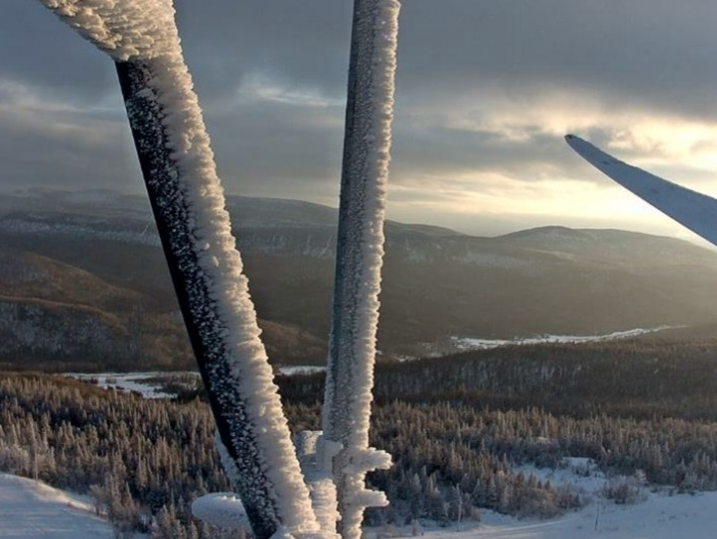Service – Applied Meteorology for Energy Resources
Applied Meteorology for Energy Resources
What we can do for you
Interested in understanding how meteorological variability can affect the performance of your renewable energy projects? Well-acquainted with meteorological issues, Nergica offers an array of applied meteorology services with the aim of providing tailored consulting services and solutions to meet your needs. Our confirmed expertise and our collaborations with some of the most respected industrial players in the sector make us ideally positioned to grasp the complex challenges faced by businesses, operators and users. Our commitment to quality does not end there.
Characterizing the energy resource entails evaluating the physical properties and parameters of the energy source such as its density, chemical composition, availability, stability and energy potential. This characterization aims to determine whether or not a given energy resource is viable for a specific purpose (e.g. electricity generation) and is used to assess the environmental and economic impacts of its exploitation. Energy resource analyses must take into account meteorological data when estimating the energy potential of a given source, e.g. wind speed and direction in the case of wind energy, solar irradiance levels for solar power, etc.
Some of the services that we offer in this regard include:
-
Climate analyses and impact on the average energy resource and its variability.
-
Resource availability as a function of the climate conditions at a given geographic location.
-
On-site measurements and data collection.
Our forecasts are based on robust models that take into account current meteorological conditions, data on the renewable energy facilities and production history.
We rely on a variety of tools to provide accurate and reliable forecasts, notably:
-
Physical and empirical models.
-
Historical meteorological and energy production data.
-
Statistical analyses.
Whether you’re at the planning or operating stage, it is important to take into consideration the meteorological challenges that can affect the performance of your systems. This notably includes analysis of the wind resource, ice accretion on the facilities and associated infrastructure, complex relief and vegetation, all of which can compromise efficiency and lower energy production.
We offer in-depth assessments of the climate conditions at a given site in order to determine its renewable energy production potential. This includes analysis of climate averages, extremes, variability and the impact of topography on production and energy loss risks.
In order to evaluate the long-term viability of your facilities, we provide an assessment of how climate change will affect their energy production.
-
Analysis of the impact of climate change on the energy resource and energy losses.
-
Analysis of representative concentration pathways (RCPs).
-
Analysis of changes in energy potential to anticipate in decades to come.
-
Degrees of uncertainty and robustness of results.


Related Achievements
Performance Assessment of Meteorological Sensors in Icing Conditions
Working Group on International Energy Agency’s (IEA) Task 32...
Development and Validation of an Ice Prediction Model for Wind Farms
Related Publications





